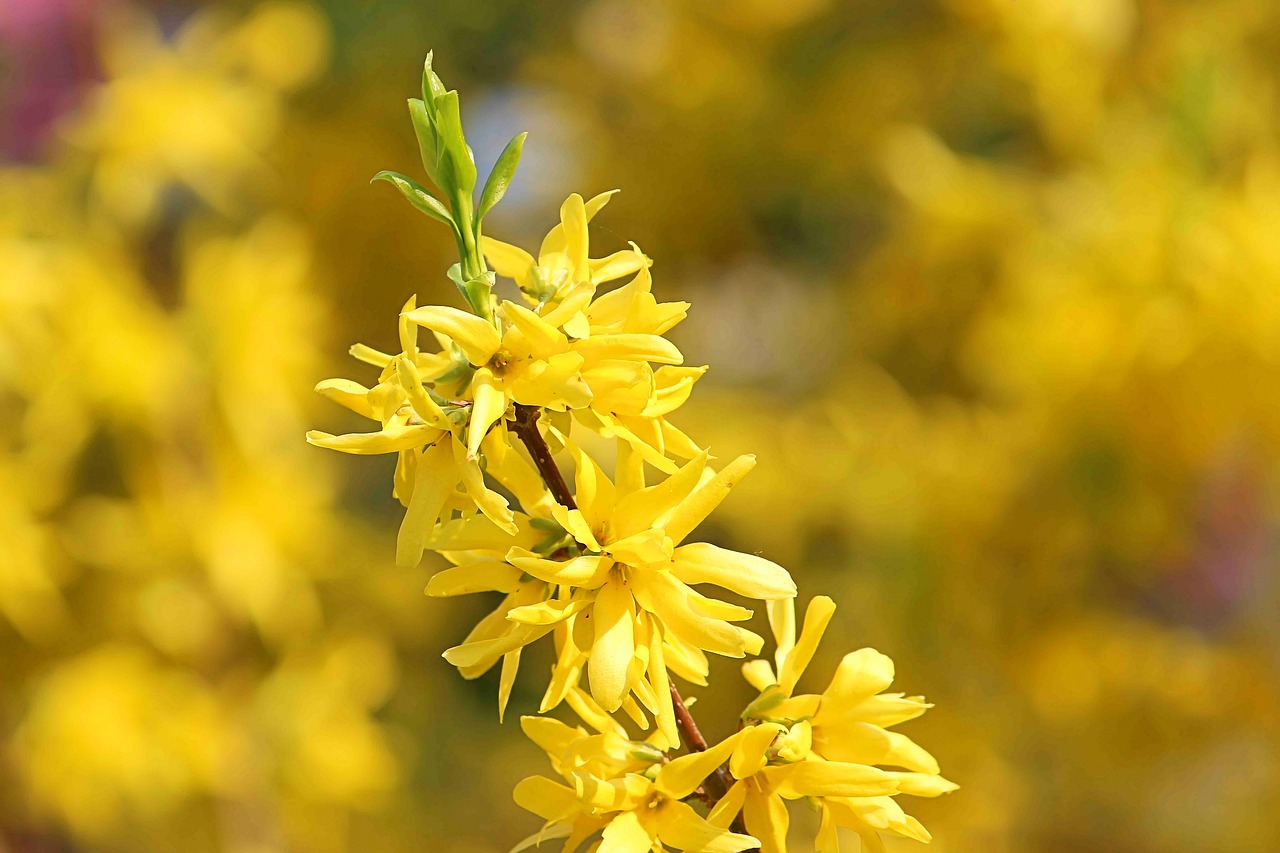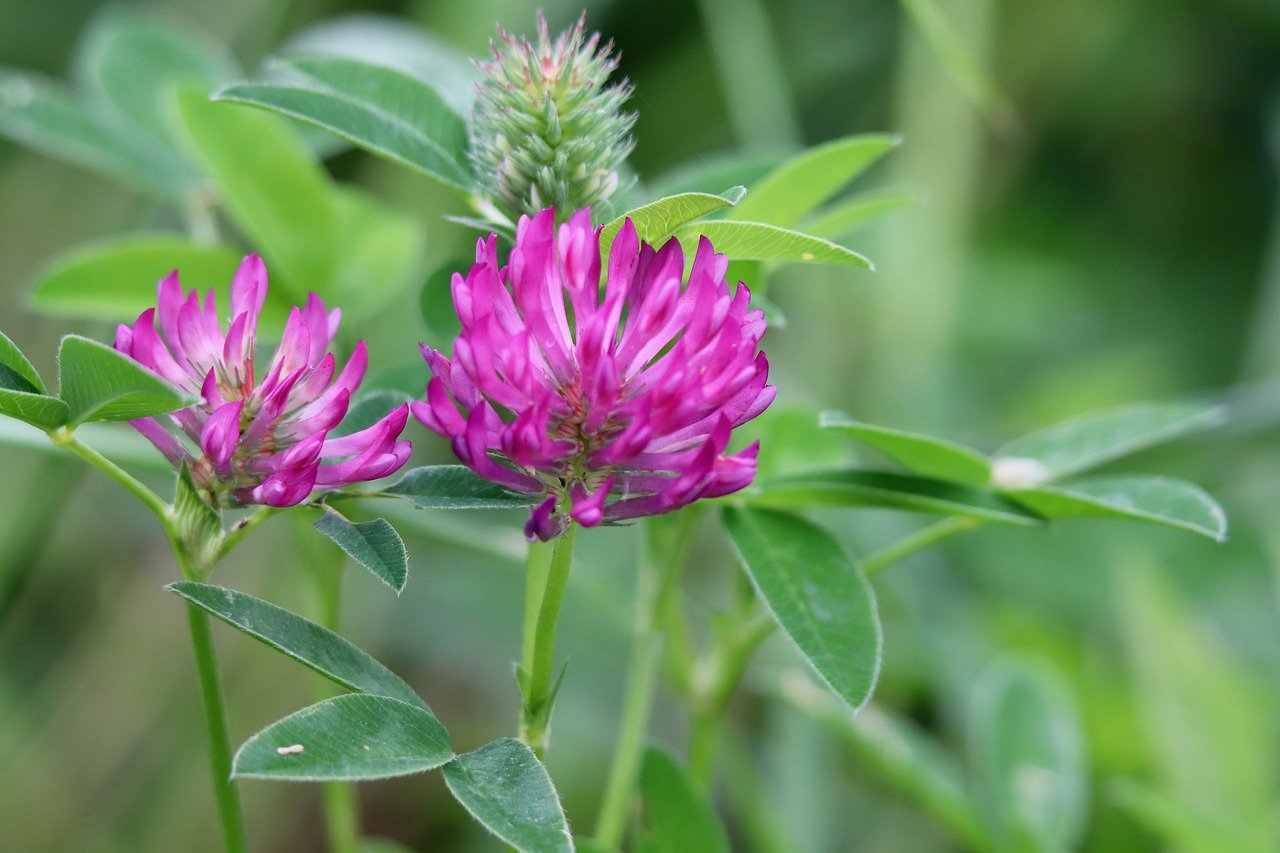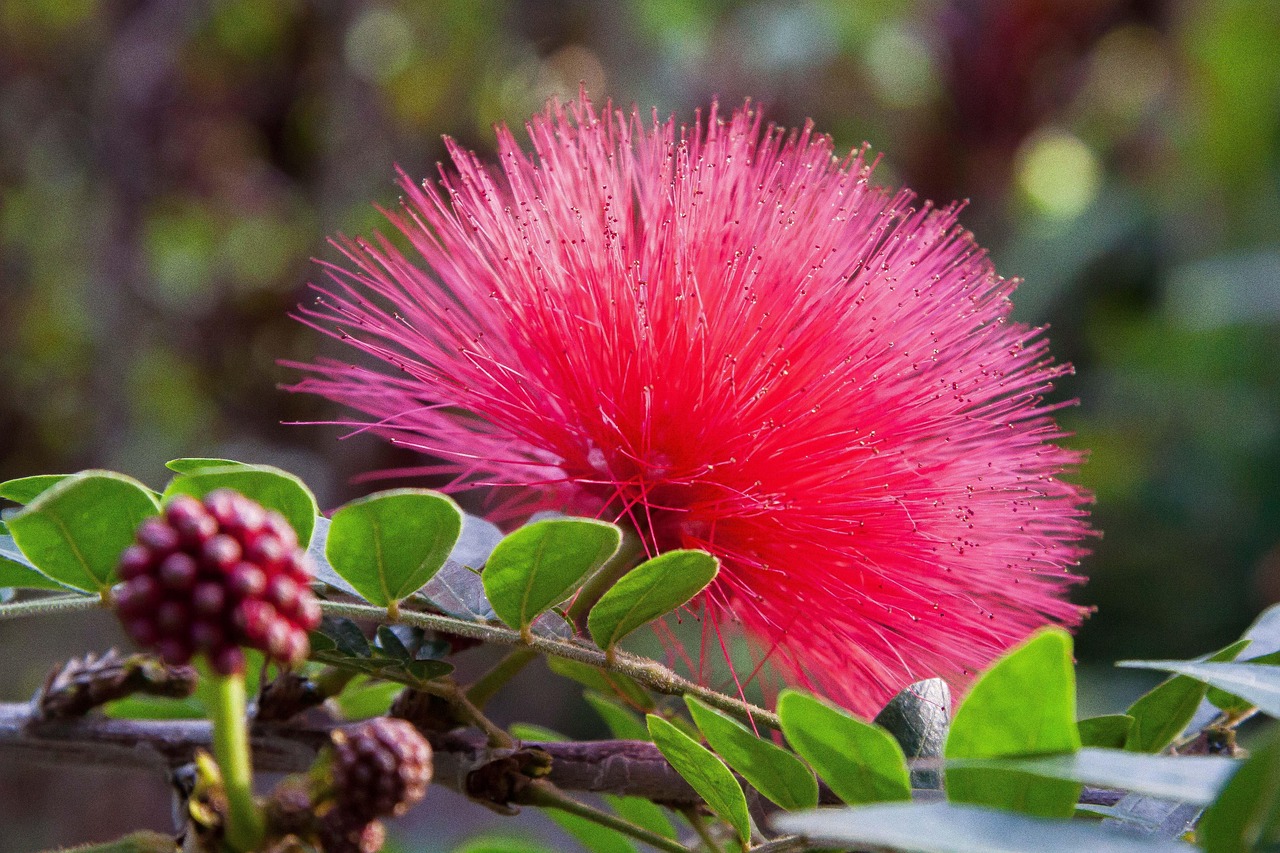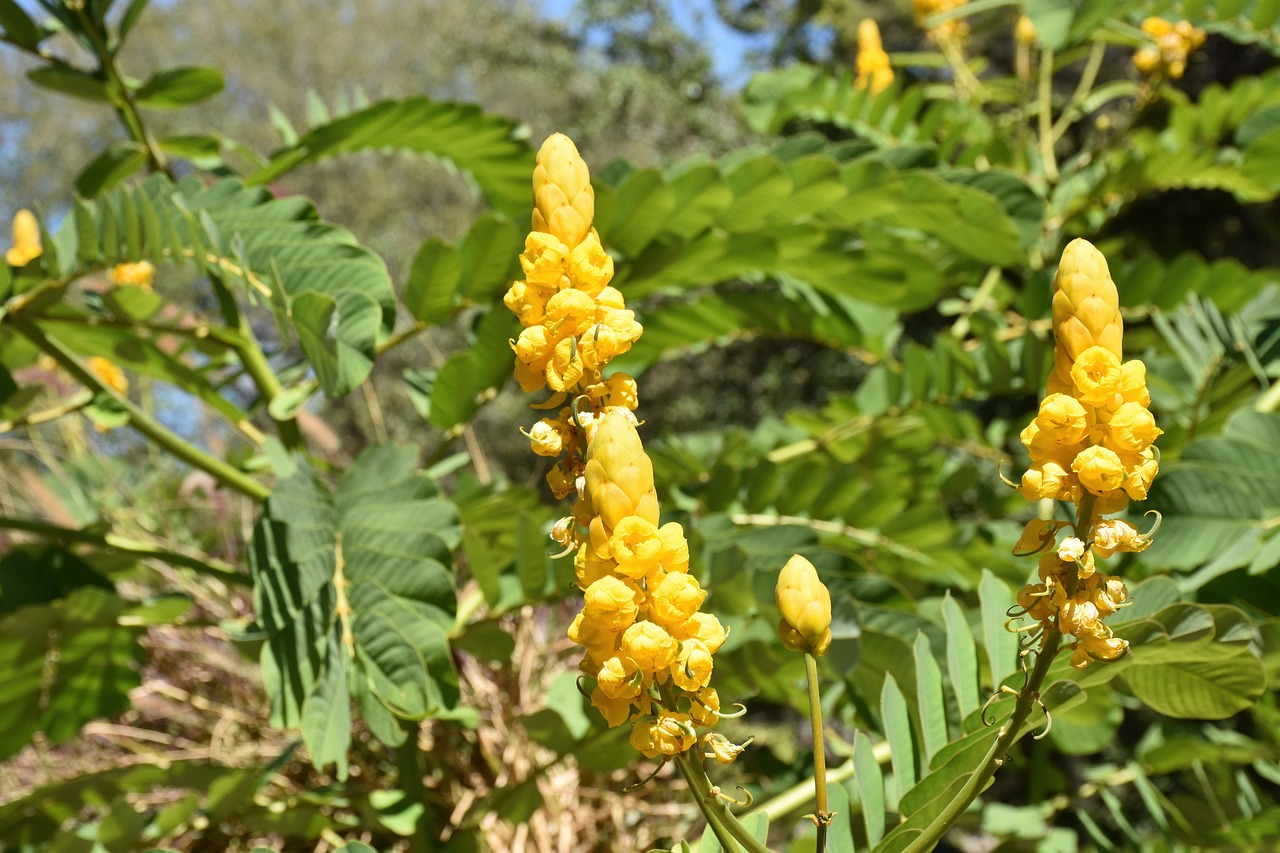Senna | The Yellow Blossom Rooted in the Paths of Trade and Pilgrimage
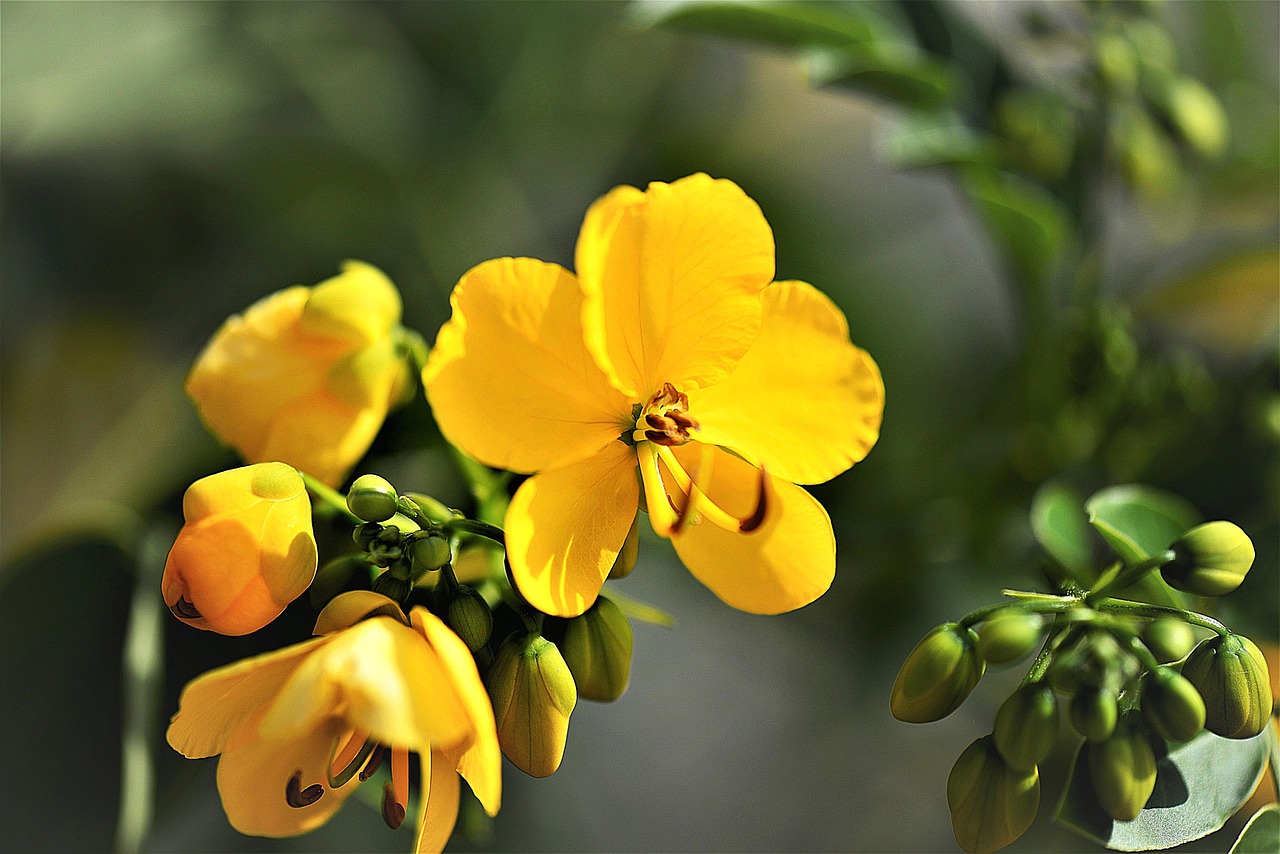
Senna is a leguminous shrub that firmly takes root in desert regions, distinguished by its vivid yellow flowers. It is widely distributed in southern Egypt, Sudan, and the Arabian Peninsula, demonstrating remarkable resilience to arid conditions and a strong presence even in harsh climates.
Since ancient times, its image has been etched into human memory, playing diverse roles within the history of trade and faith.
In this article, I will introduce both the cultural and historical background of Senna, as well as practical tips for its cultivation.
Basic Information
- Scientific name: Senna alexandrina
- Family: Fabaceae
- Origin: Northeastern Africa (Sudan, Egypt), Arabian Peninsula
- Appearance: The shrub grows to about 1–1.5 meters in height. It bears gray-green pinnate leaves and striking yellow blossoms from summer to autumn. The flowers, about 1–2 cm in diameter, bloom densely, followed by pod-like fruits.
- Blooming season: Summer to autumn
Cultural Features Around the World
Senna has accompanied travelers crossing deserts since antiquity, thriving as a plant adapted to dry environments.
In northeastern Africa and the Arabian Peninsula, it naturally grew around caravan encampments and settlements, becoming a familiar presence in daily life. Its appearance on the edges of oases or rocky slopes made it a natural part of the desert landscape and local culture.
Its vivid form often left a strong visual impression, and it was frequently planted around trading cities and religious sites. In the Islamic world, Senna could be found in markets (souks) where perfumes and plant products were traded, also serving as shade and boundary markers.
In modern times, Senna has been cultivated as an ornamental and greening plant. Across the Middle East and North Africa, it is now commonly planted along roadsides and in public gardens. Its tolerance for dry climates and minimal watering makes it a valuable choice in landscape planning.
Historical Episodes
The specific name “alexandrina” in Senna alexandrina refers to the port city of Alexandria, which flourished as a hub linking Red Sea trade routes with those of the Mediterranean.
From the Roman era onward, this plant crossed the Red Sea to the Arabian Peninsula and was then carried to Europe via Alexandria.
During the Abbasid Caliphate in the 8th–9th centuries, Baghdad became a center of scholarship and commerce, and Senna appeared in botanical records of that time. These documents reveal how people perceived and utilized the plant.
In medieval Europe, references to Senna spread through botanical works translated from Arabic and Latin. By the 12th century, it was being cultivated in monastic gardens.
Thus, Senna came to symbolize not merely a plant, but also the cultural exchange of goods and knowledge across continents.
Gardening Advice
Senna is well-suited to cultivation in warm regions due to its heat and drought resistance. By creating the proper conditions, one can enjoy its beautiful blooms.
Sunlight
Prefers sunny locations, ideally south-facing with good airflow.
Watering
Allow the soil to dry completely before watering thoroughly. Avoid excess moisture and ensure proper drainage.
Soil
Sandy, well-draining soil is best. For pots, herb or cactus soil mixes are convenient.
Fertilizer
Minimal fertilizer is sufficient; a single application of slow-release fertilizer in early spring is adequate.
Pruning
Cut back after flowering to maintain form and encourage healthy growth the following year.
Overwintering
In cold climates, move indoors to protect from frost, placing in a sunny spot.
Conclusion
Senna is a leguminous plant native to arid regions, producing yellow blossoms from summer to autumn. Its long history traces back to Alexandria, spreading across the Arabian Peninsula and Europe, where it became a symbol of trade and intellectual exchange.
Adapted to harsh climates, it has blended naturally into local cultures and landscapes. Today, its resilience continues to make it a valuable plant in dry-region horticulture and landscaping.

